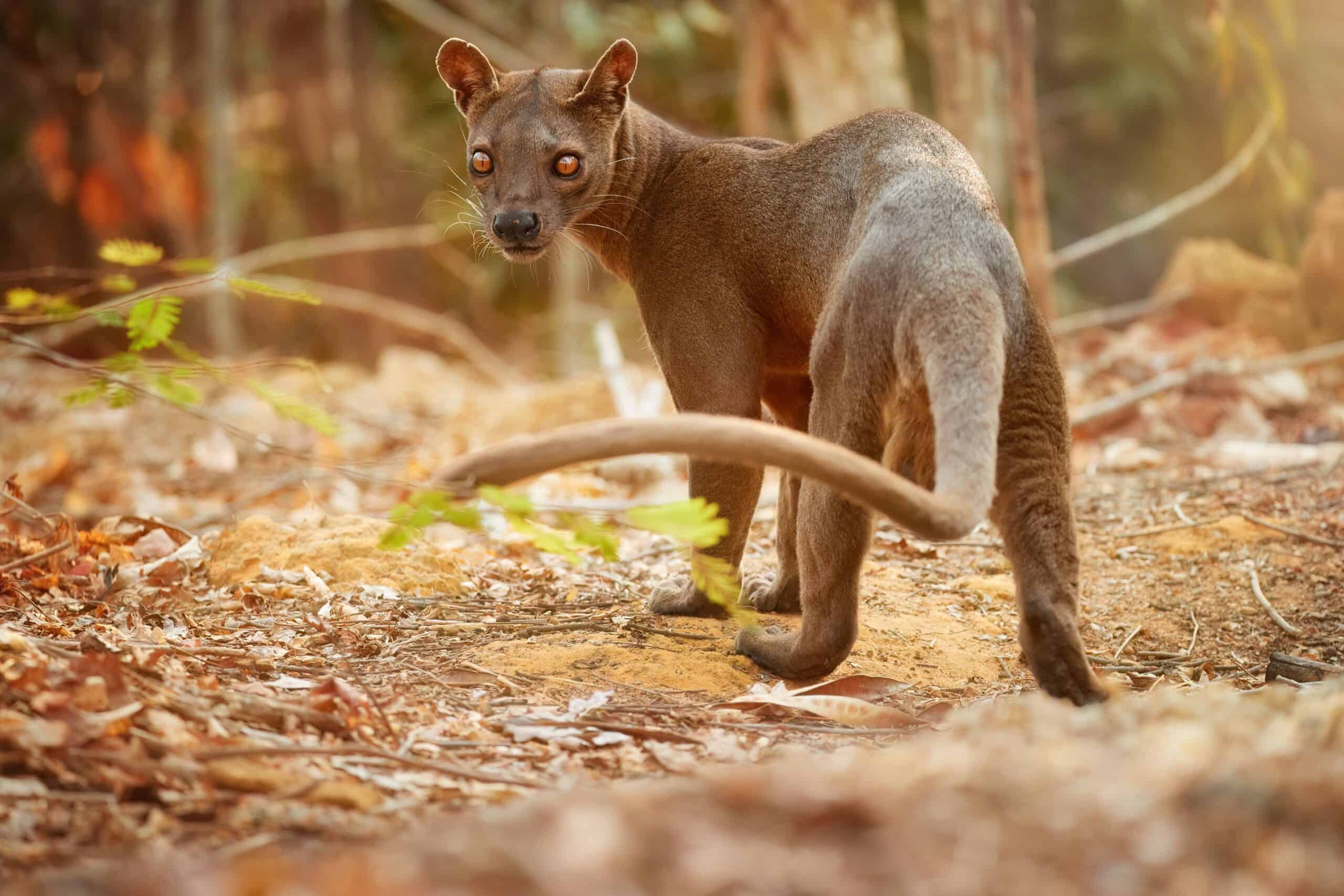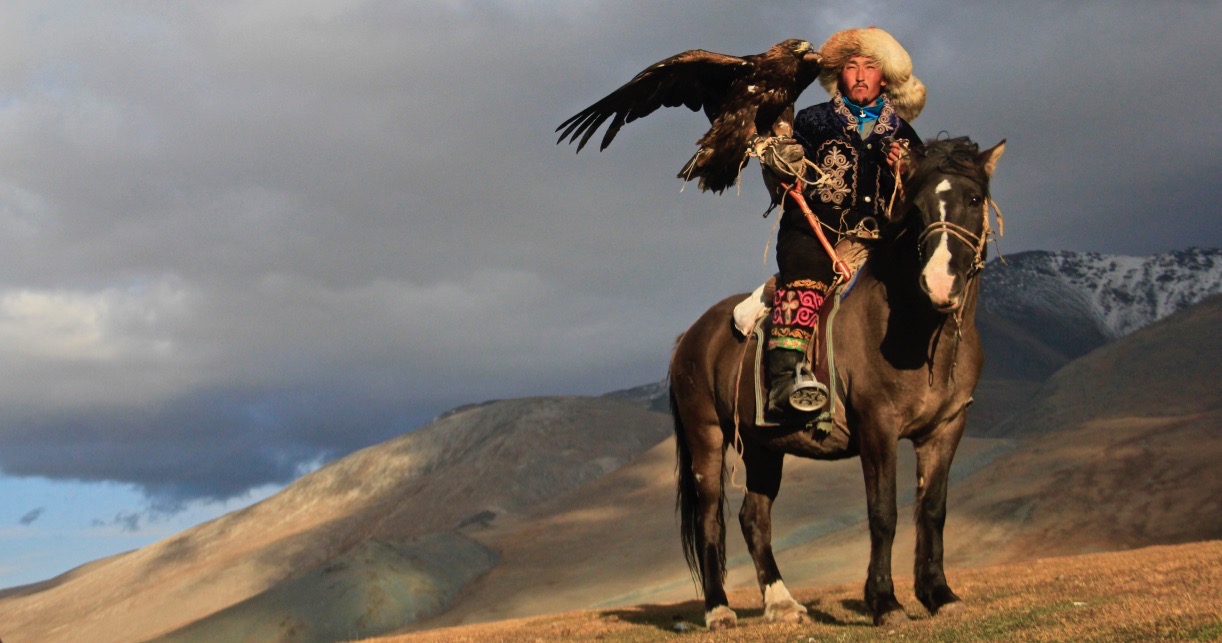The desert is one of the harshest environments on Earth, where scorching heat and limited water create extreme living conditions. Yet, many animals have adapted to thrive in these arid landscapes. From camels with their remarkable water-storing abilities to small, agile creatures like jerboas, these resilient desert dwellers have developed unique traits to survive. Whether it’s through specialized diets, efficient water conservation, or clever ways to stay cool, each of these animals showcases the incredible adaptability of life in the desert. Their survival strategies are both fascinating and essential for enduring the relentless desert heat.
Dromedary Camel
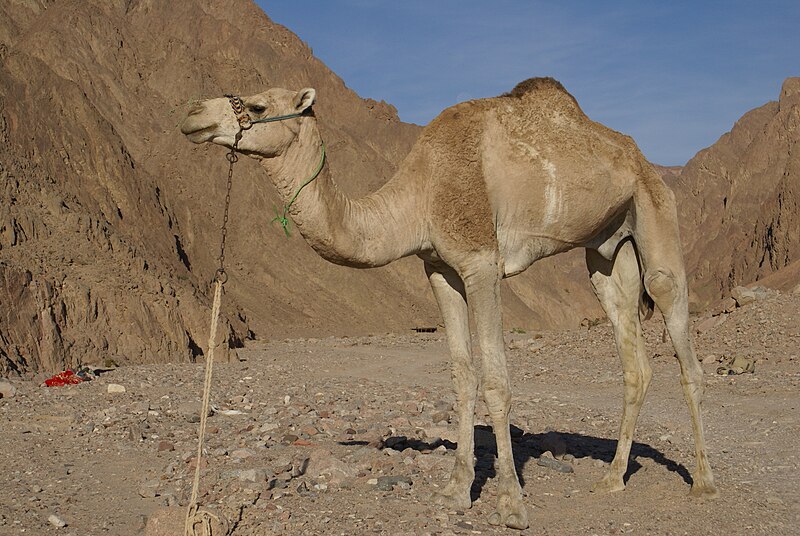
The dromedary camel is perfectly suited for life in the desert, where temperatures can exceed 120°F. Its one hump stores fat, which is converted into energy when food is scarce. Additionally, these camels can drink up to 40 gallons of water in one go, enabling them to endure long periods without hydration. Thick eyelashes and narrow nostrils protect them from blowing sand. Their unique ability to fluctuate body temperature reduces water loss through sweating. As a result, dromedary camels can roam the harshest environments with ease.
Fennec Fox
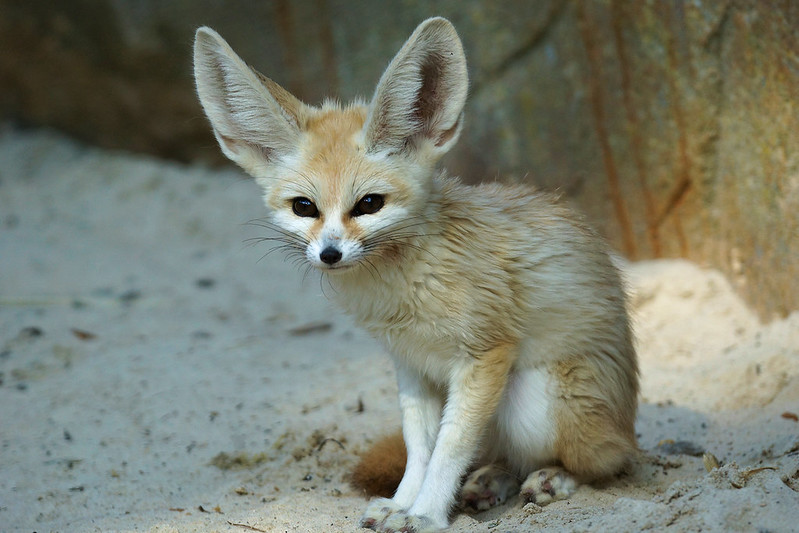
Fennec foxes are easily recognizable by their oversized ears, which help regulate their body temperature. These nocturnal creatures sleep in cool burrows during the day, escaping the desert’s intense heat. Their fur-lined paws provide protection from burning sand while hunting at night. With a diet consisting of insects, small rodents, and plants, they are highly adaptable. Their kidneys are also efficient at conserving water, allowing them to go for long periods without drinking. Despite their small size, fennec foxes are perfectly designed for desert life.
Sidewinder Rattlesnake
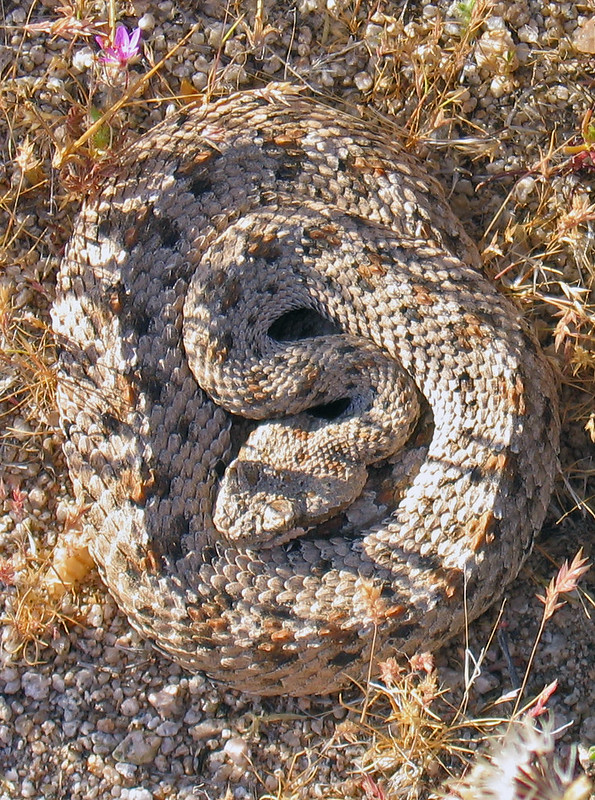
The sidewinder rattlesnake has evolved a unique form of locomotion that helps it move across the shifting sands of the desert. By lifting its body in an S-shape and “sidewinding,” it reduces contact with the hot ground, conserving energy. This species is also nocturnal, hunting at night when temperatures are cooler. Camouflage helps it blend into the sandy environment, allowing it to ambush prey like lizards and rodents. Its venomous bite is potent enough to quickly immobilize its prey. With these adaptations, the sidewinder thrives in one of the harshest ecosystems.
Gila Monster
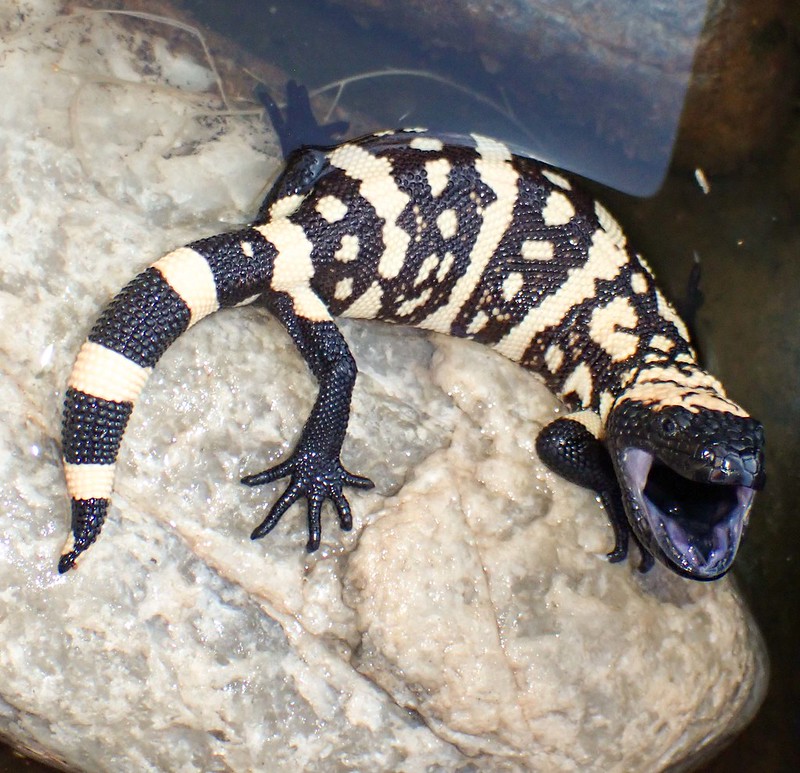
The Gila monster, one of the few venomous lizards in the world, has adapted well to desert life. Its sluggish metabolism allows it to go months without food, while its diet consists of small mammals, birds, and eggs. This reptile is primarily active during cooler morning hours, retreating underground to avoid the midday heat. Its brightly colored, bead-like skin acts as a warning to potential predators. Gila monsters also have the ability to store fat in their tails, which sustains them during periods of food scarcity. Their slow pace may be deceiving, but they are resilient survivors.
Kangaroo Rat

The kangaroo rat is a master at water conservation, able to live without drinking water for its entire life. It extracts moisture from the seeds it eats and has highly efficient kidneys that produce concentrated urine. Burrowing during the day helps them escape the desert heat, emerging at night to forage. Their long hind legs enable them to leap great distances, avoiding predators. With fur-lined cheek pouches, they can store food to take back to their burrows. Kangaroo rats have adapted so well to desert life that they thrive where other animals cannot.
Thorny Devil
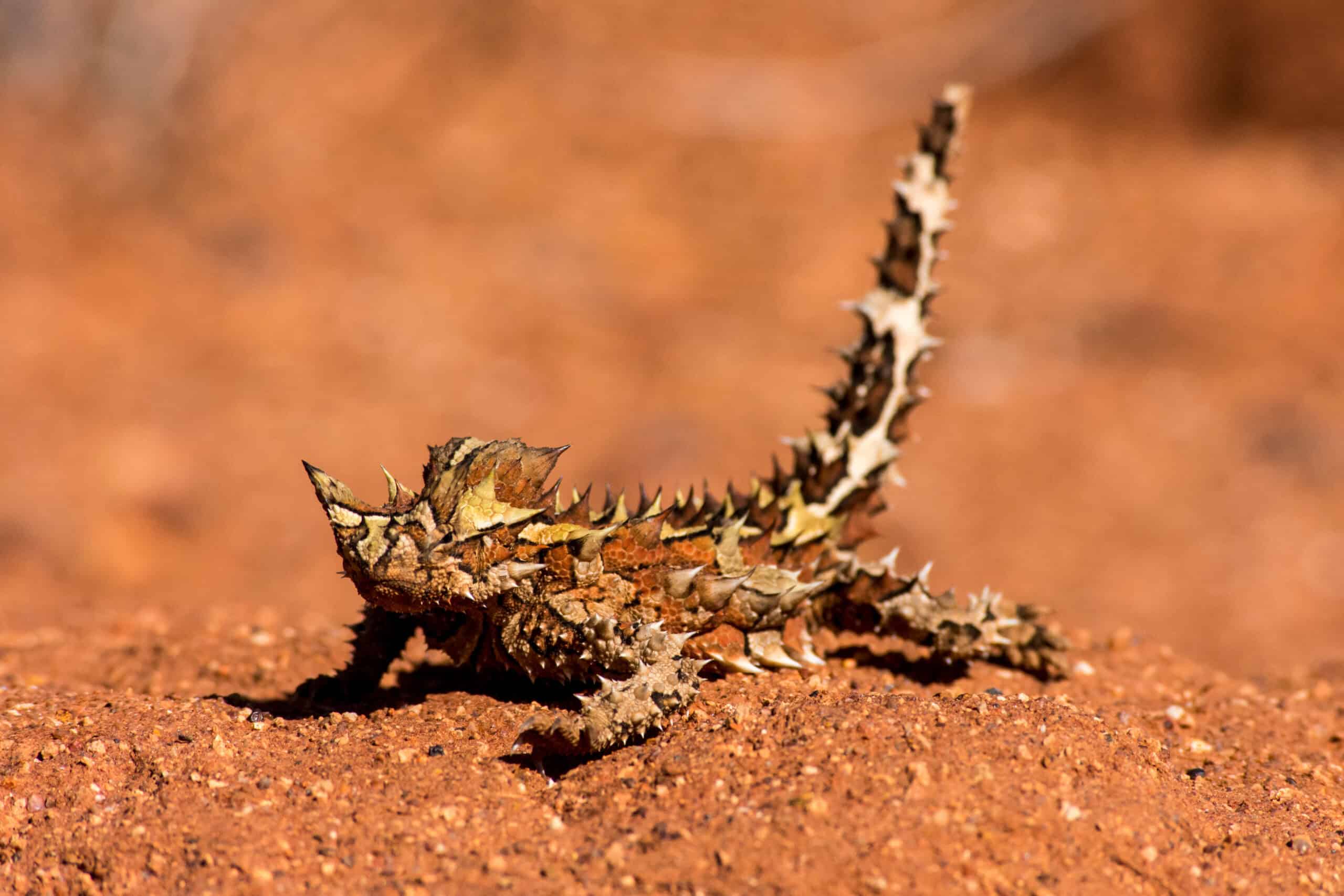
Native to the deserts of Australia, the thorny devil’s appearance alone sets it apart. Covered in spiny scales, this lizard can channel moisture from dew or rain directly into its mouth. Its ability to change color provides camouflage against predators, while it primarily feeds on ants, devouring thousands in a single day. The thorny devil’s slow movements reduce its exposure to the searing heat. Despite living in an arid environment, it has evolved remarkable water retention capabilities. This quirky reptile demonstrates just how diverse desert adaptations can be.
Jerboa

Jerboas are small, bipedal rodents that are adapted to the extreme desert environment. Their long hind legs allow them to hop great distances, much like kangaroos, which helps them escape predators. They spend the hottest parts of the day underground in burrows, emerging at night to forage for seeds and plants. Jerboas can survive without drinking water, relying entirely on moisture from their food. Their large ears help them regulate body heat, keeping them cool under the desert sun. These tiny creatures are well-equipped to endure the barren landscape.
Arabian Oryx
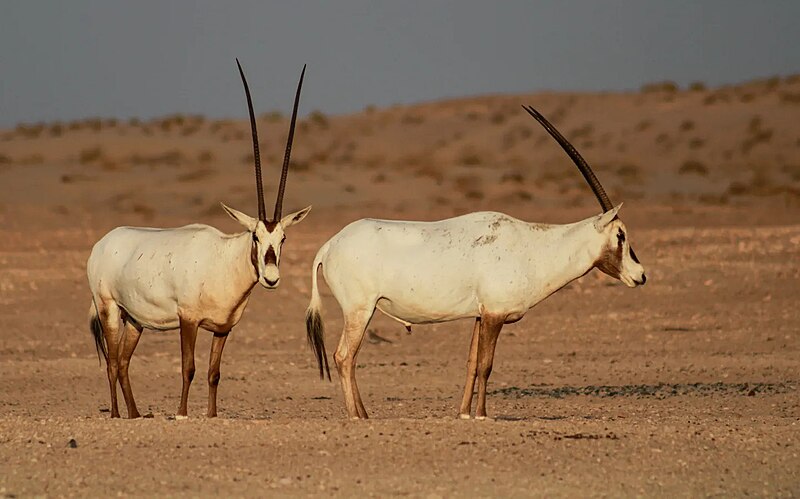
The Arabian oryx is one of the few large mammals able to survive the desert’s intense heat. Its light-colored coat reflects sunlight, while its sharp horns serve as a defense against predators. To conserve energy, the oryx reduces its activity during the hottest part of the day. It can survive without water for weeks, extracting moisture from the vegetation it consumes. The oryx also has a unique ability to raise its body temperature to avoid sweating. This majestic creature is truly a symbol of resilience in the desert.
Sand Cat
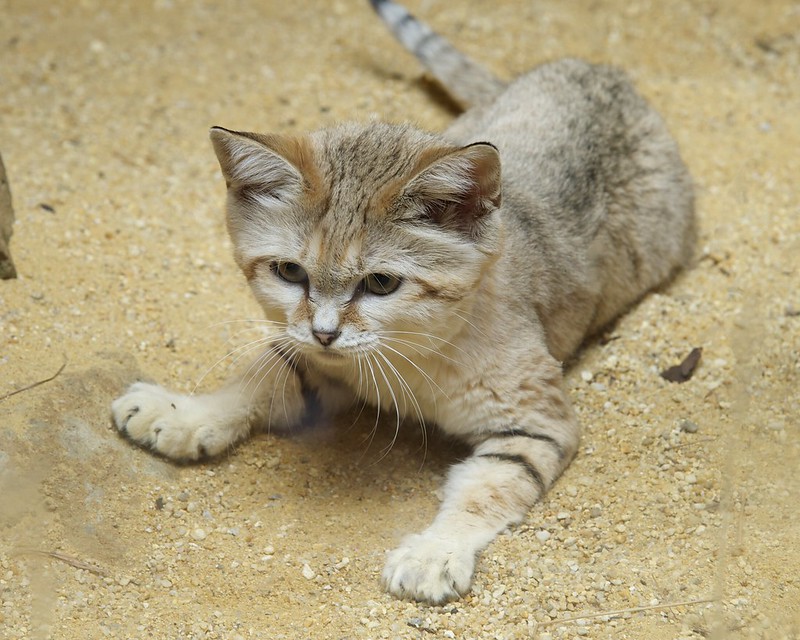
The elusive sand cat is uniquely adapted to desert life, with fur-covered feet that allow it to walk across hot sand without discomfort. Nocturnal by nature, it hunts rodents and reptiles under the cover of darkness, avoiding the intense heat of the day. Sand cats can survive for long periods without water, getting most of their hydration from their prey. Their pale coat blends perfectly with the desert landscape, providing excellent camouflage. Burrowing in the sand during the day, they escape the harsh desert sun. These small but fierce felines are desert survivors.
Namib Desert Beetle
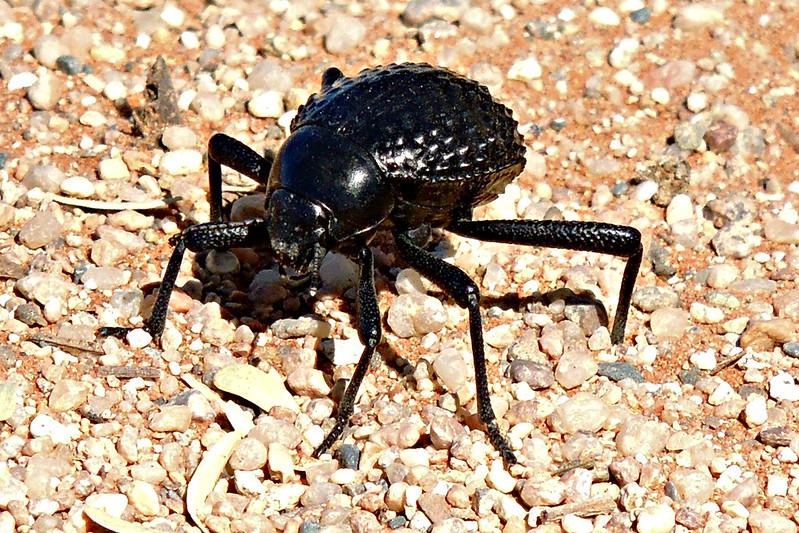
The Namib Desert beetle has developed an extraordinary method of collecting water in one of the driest places on Earth. It climbs to the top of sand dunes and allows early morning fog to condense on its body. Special grooves on its back funnel the water directly to its mouth. This clever adaptation helps it survive in an environment with virtually no rainfall. The beetle’s tough exoskeleton also protects it from predators and extreme temperatures. Its ability to turn fog into life-sustaining water is a remarkable desert adaptation.
Black-tailed Jackrabbit
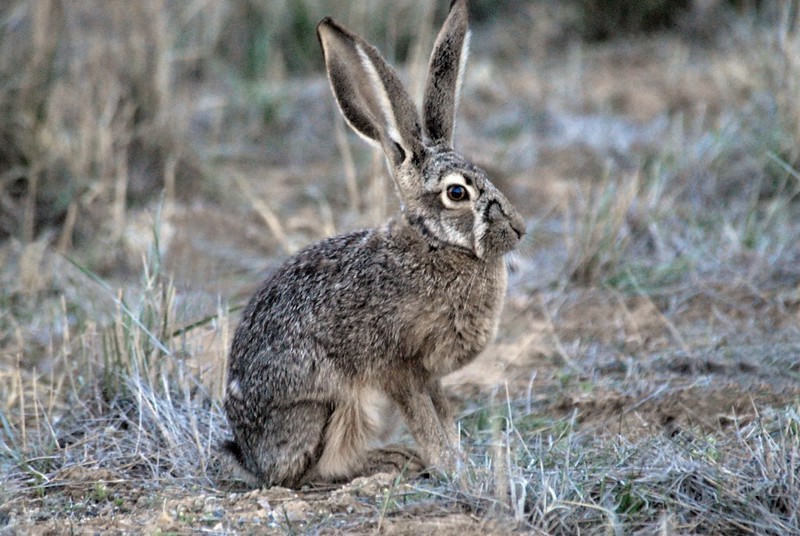
The black-tailed jackrabbit is well-suited to the desert, thanks in part to its large ears, which help dissipate heat. These animals are most active during dawn and dusk, avoiding the midday heat. They feed on a variety of desert plants, obtaining moisture from their diet rather than from direct water sources. Their strong hind legs allow them to leap quickly and escape predators. Jackrabbits also dig shallow burrows to cool off when temperatures rise. Adapted to life in arid environments, they are resilient survivors in the wild.
Desert Horned Lizard
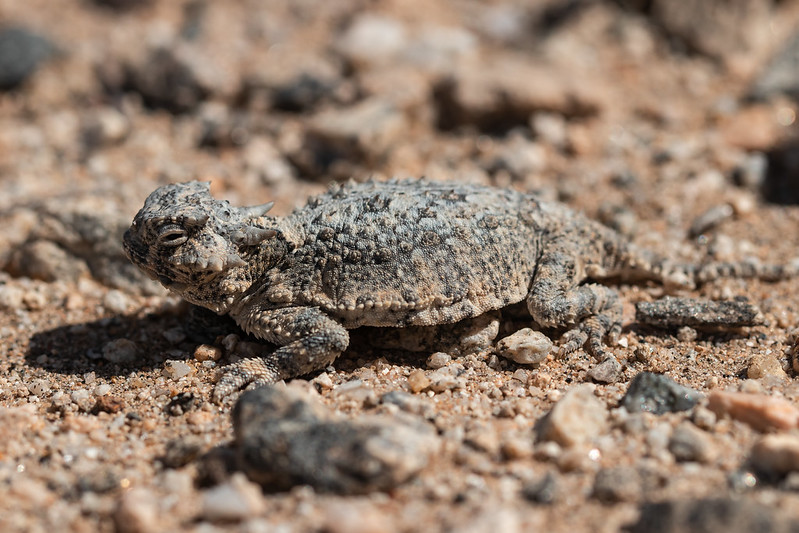
The desert horned lizard, often called the “horny toad,” has a broad, flattened body covered in sharp spikes for defense. This lizard blends perfectly with the sandy and rocky terrain, allowing it to remain undetected by predators. Its unique method of obtaining water involves flattening its body to collect dew, which it then channels into its mouth. The horned lizard feeds mainly on ants, using its sticky tongue to catch its prey. In extreme danger, it can even squirt blood from its eyes to deter attackers. These survival strategies make it a well-adapted desert dweller.
Deathstalker Scorpion
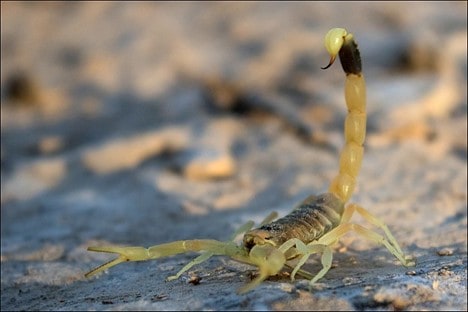
The deathstalker scorpion, one of the most venomous scorpions in the world, thrives in the scorching deserts of North Africa and the Middle East. Its venom contains potent neurotoxins that can paralyze its prey within seconds. Nocturnal by nature, this scorpion avoids the extreme daytime heat, emerging at night to hunt insects and small vertebrates. It has a highly efficient water conservation system, getting most of its moisture from its prey. The deathstalker’s pale yellow color provides camouflage in the desert’s sandy terrain. Despite its fearsome reputation, it plays a crucial role in controlling insect populations.
Addax Antelope
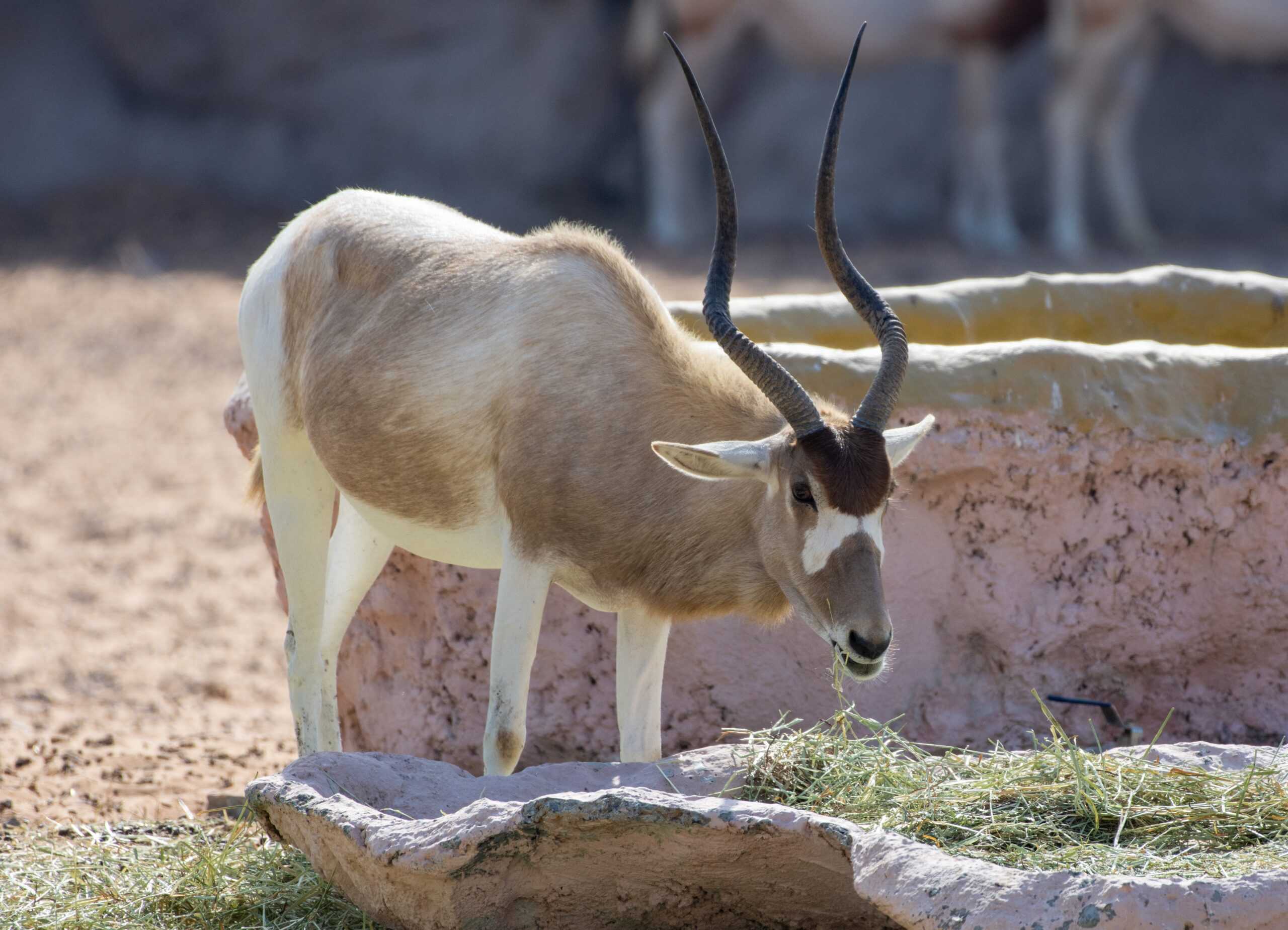
The critically endangered addax antelope is a desert specialist, capable of surviving in regions with less than a few inches of rainfall each year. Its pale coat reflects sunlight, helping it stay cool under the desert sun. Addaxes feed on tough desert grasses and shrubs, obtaining all their necessary moisture from plants. They are also able to go long periods without water, thanks to their highly efficient kidneys. Addaxes are slow-moving animals, conserving energy to withstand the harsh desert climate. Their resilience has allowed them to persist in some of the world’s driest regions.
Saharan Silver Ant
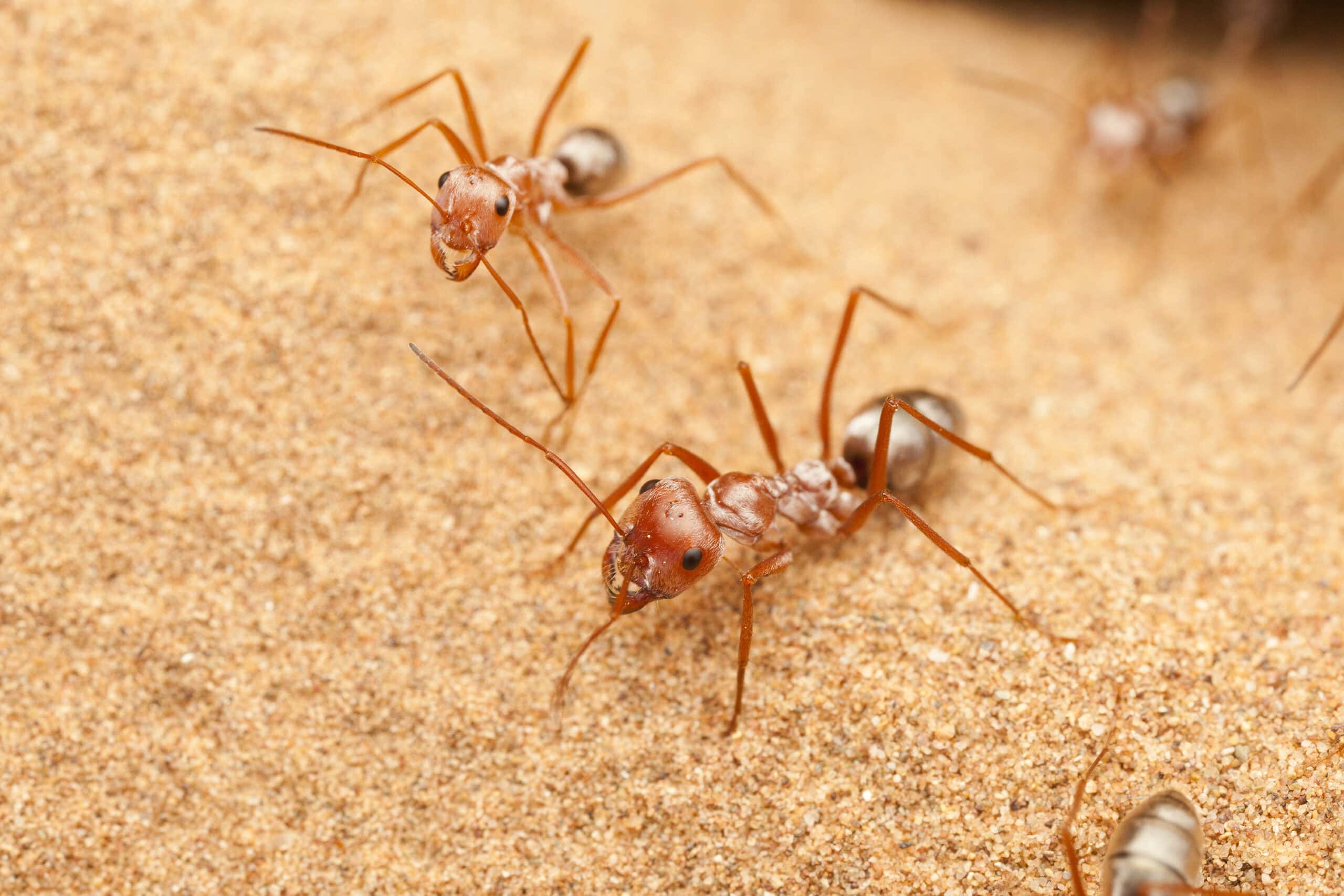
Saharan silver ants are the fastest-running ants in the world, capable of traveling over 100 times their body length per second. These ants forage during the hottest time of day, when temperatures can exceed 130°F, which helps them avoid predators. Their silvery, reflective body helps them stay cool in the blistering sun. Additionally, their long legs keep their bodies elevated from the scorching sand. Saharan silver ants navigate using the position of the sun, allowing them to quickly return to their nest after foraging. Their remarkable speed and adaptations make them unique desert survivors.
Cactus Wren
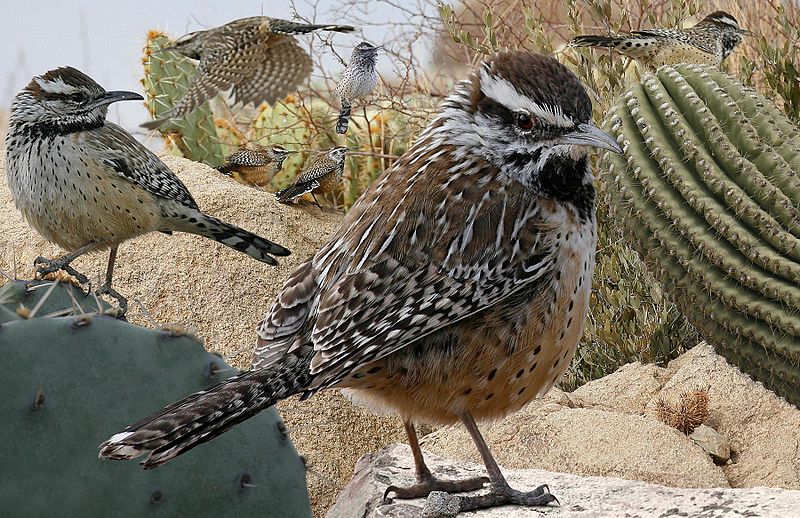
The cactus wren builds its nest in the protective spines of cacti, particularly cholla and saguaro, to avoid predators. Active during the cooler parts of the day, this bird forages for insects, seeds, and fruits, obtaining most of its water from food sources. The cactus wren’s nesting behavior helps it survive the intense desert heat, providing both shade and security. Its loud, raspy call can be heard echoing through the arid landscape. This bird’s adaptability to arid climates makes it one of the most resilient desert dwellers. It thrives where many others would struggle.
Desert Tortoise
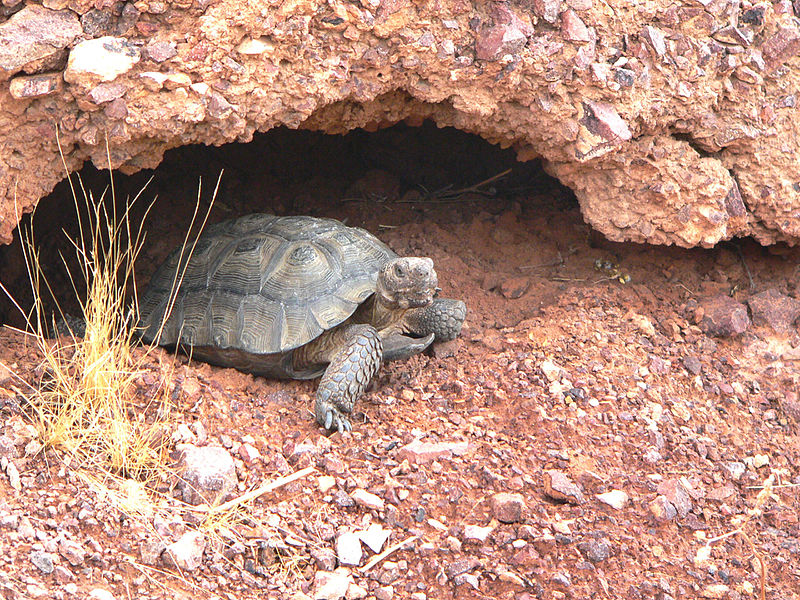
The desert tortoise is a slow-moving creature, but its adaptations to desert life are impressive. Spending up to 95% of its life in underground burrows, it avoids the extreme surface heat. The tortoise can survive for up to a year without water, drawing moisture from the plants it consumes. Its tough, leathery skin reduces water loss, while its bladder can store large amounts of water. Desert tortoises have powerful legs for digging and can withstand body temperatures that would be lethal to most other animals. Their ability to endure long droughts is a key to their survival.
Greater Roadrunner
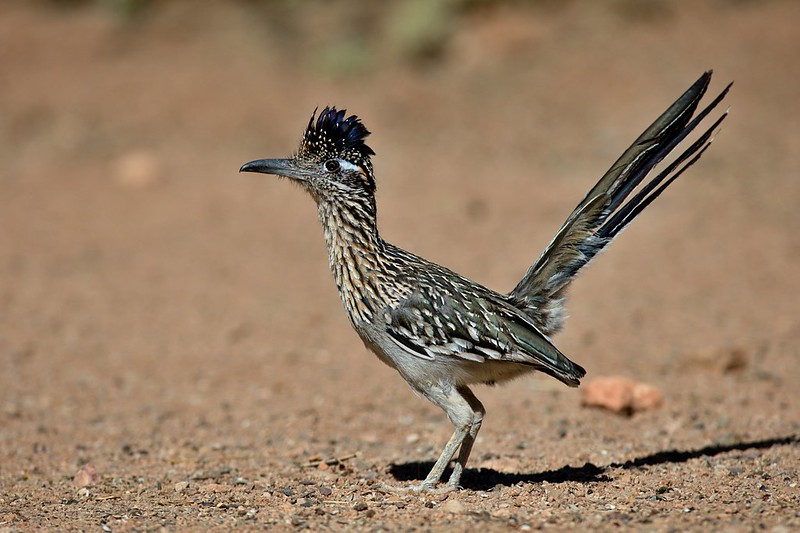
The greater roadrunner is well-adapted to the desert, known for its speed and agility on the ground. This bird can reach speeds of up to 20 mph as it hunts for lizards, insects, and small mammals. Roadrunners are able to reduce their body temperature at night, conserving energy and water. They nest in shrubs and cacti, using the desert vegetation for both shelter and camouflage. These birds can go long periods without drinking, obtaining moisture from the prey they eat. The greater roadrunner is an iconic symbol of life in the desert.
Namib Golden Mole
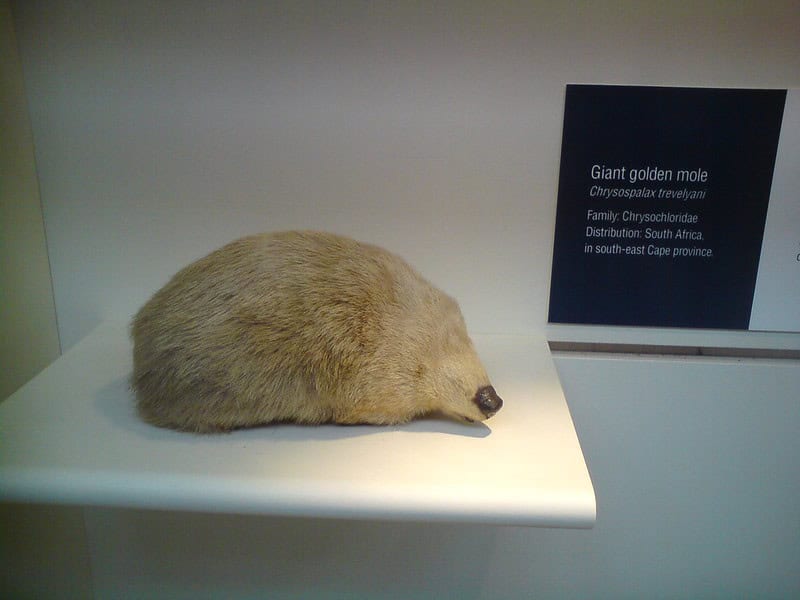
The Namib golden mole is a remarkable example of adaptation in one of the world’s harshest environments. Living beneath the surface of the desert sands, it avoids the searing daytime heat. This tiny, blind creature navigates by sensing vibrations in the ground, using its specialized claws to dig through the sand. Its low metabolic rate allows it to survive on minimal food, feeding on small insects and invertebrates. The golden mole’s silky fur and lack of external ears reduce friction as it moves through the sand. Despite its small size, this mole thrives in extreme conditions.
This article originally appeared on Rarest.org.
More From Rarest.Org
Isolated islands often hide secrets, and some of the world’s most mysterious creatures live in these remote areas. These animals have evolved uniquely, shaped by their environment and isolation. Read more.
Some games leave a permanent mark in history, thanks to incredible individual performances. These moments showcase not just skill but heart, resilience, and pure talent. Read more.
Remote mountain communities are home to some of the world’s most unusual and ancient traditions. These customs, shaped by isolation and unique landscapes, are deeply rooted in culture and history. Read more.

